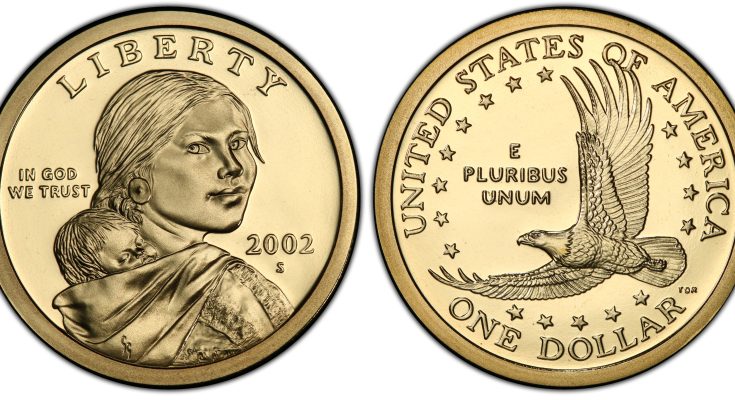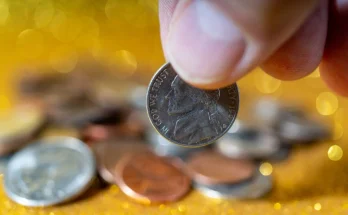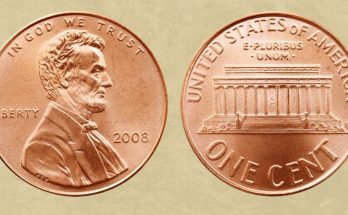In a story that has stunned the numismatic world, a rare and extremely valuable Sacagawea “Cheerios” Dollar — worth up to $1.6 million — was reportedly spotted at a small-town farmer’s market in Indiana. What looked like a regular golden-colored dollar coin turned out to be one of the rarest and most sought-after coins in modern U.S. minting history.
A Coin Hiding in Plain Sight
According to witnesses, the coin was casually handed over during a routine produce transaction at a weekend market. The recipient, a hobbyist coin collector, noticed something unusual about the detailing on the coin’s eagle feathers and suspected it might be more than just ordinary currency. A later appraisal by a professional numismatist confirmed it was indeed an authentic 2000 Sacagawea “Cheerios” Dollar — one of only a few known to exist with this specific high-relief eagle reverse design.
The most shocking part? The seller had no idea what they were handing over.
What Is the “Cheerios” Dollar?
Back in early 2000, as part of a promotional campaign for the launch of the new Sacagawea dollar, the U.S. Mint teamed up with General Mills. A limited number of Sacagawea dollar coins were placed in boxes of Cheerios cereal. Of the 5,500 coins distributed this way, most were standard in design — but a small batch featured a unique prototype reverse with enhanced detail in the tail feathers of the eagle.
This version, later dubbed the “Cheerios” dollar by collectors, was never mass-produced. Experts believe only 50 to 60 of these prototype coins were ever distributed, and only a fraction have been discovered to date.
Why Is It Worth $1.6 Million?
The value of this coin isn’t just in its rarity. It’s in its historic significance. The coin features an early, trial strike reverse design that never made it to full production. It’s also a reminder of how experimental versions of coins can sometimes slip into circulation — either by accident or as part of limited releases — and become highly valuable decades later.
In pristine condition, with full luster and no signs of wear, this rare Cheerios dollar has fetched auction prices of over a million dollars, with the most recent graded examples estimated at $1.6 million or more.
How Did It End Up at a Farmer’s Market?
That part remains a mystery. The seller, a local resident, admitted they received it as change years ago and kept it in a jar of miscellaneous coins. When they ran out of small bills, they grabbed a few coins from the jar and brought them to the market, never realizing one of them could pay for a house.
A Lesson for Coin Collectors — and Everyone Else
This surprising find has renewed interest in checking everyday coins more carefully. Stories like this highlight that rare and valuable items may be sitting quietly in pocket change, old drawers, or forgotten coin jars. For the average person, it’s a gentle reminder that not everything that looks ordinary is truly so.
Collectors suggest that anyone who comes across a 2000 Sacagawea dollar should inspect it closely, especially the eagle on the reverse side. If the tail feathers appear unusually detailed, it might be worth getting the coin professionally examined.
Final Thoughts
The unexpected discovery of a $1.6 million coin in such an everyday setting captures the imagination. In a world where digital payments dominate, this story proves that physical currency still holds surprises — sometimes worth millions.
As word of the farmer’s market find spreads, collectors around the country are once again digging through their old coin stashes, hoping for a similar stroke of luck. Whether you’re a serious numismatist or just someone with a jar of coins in the closet, this story might be the motivation to take a closer look.



